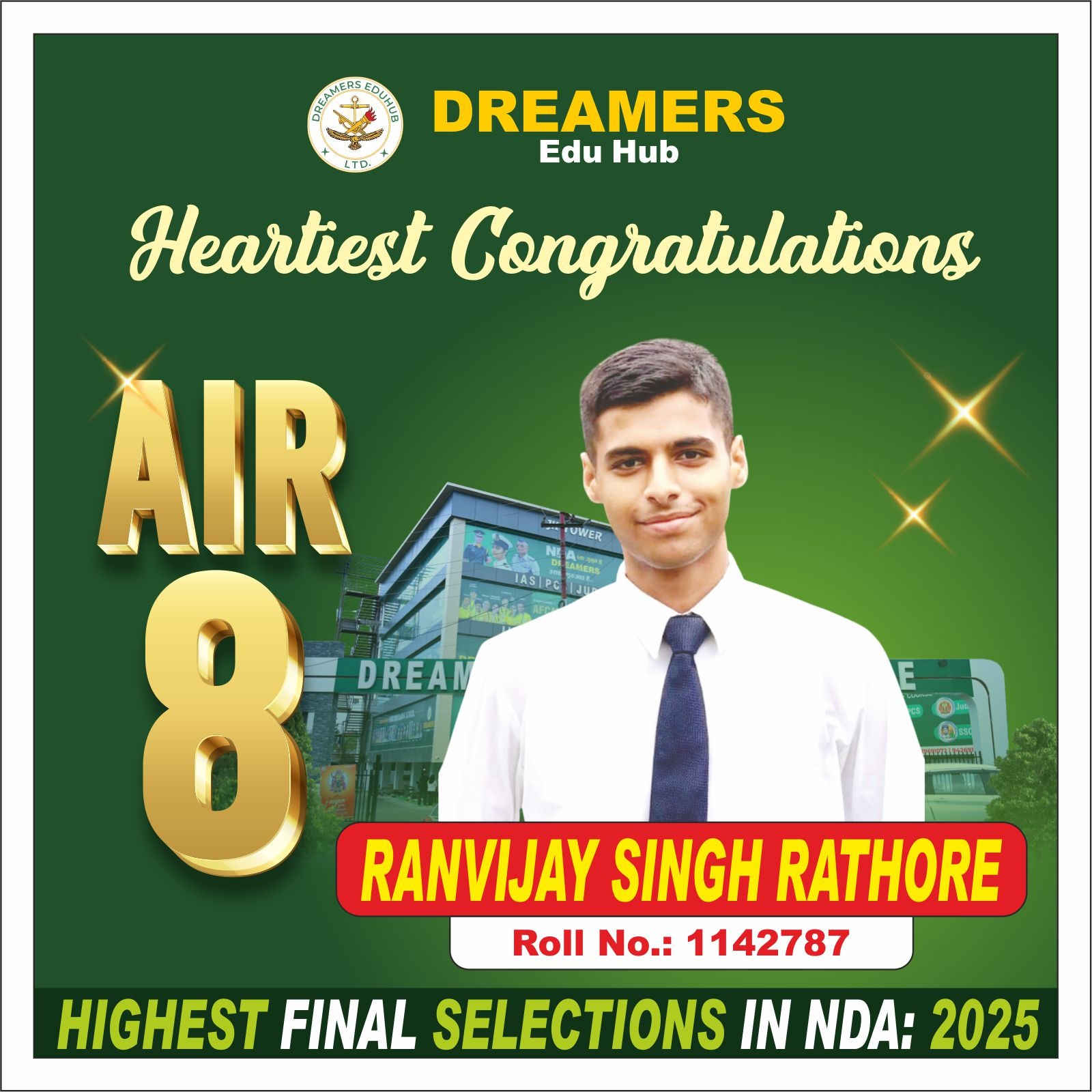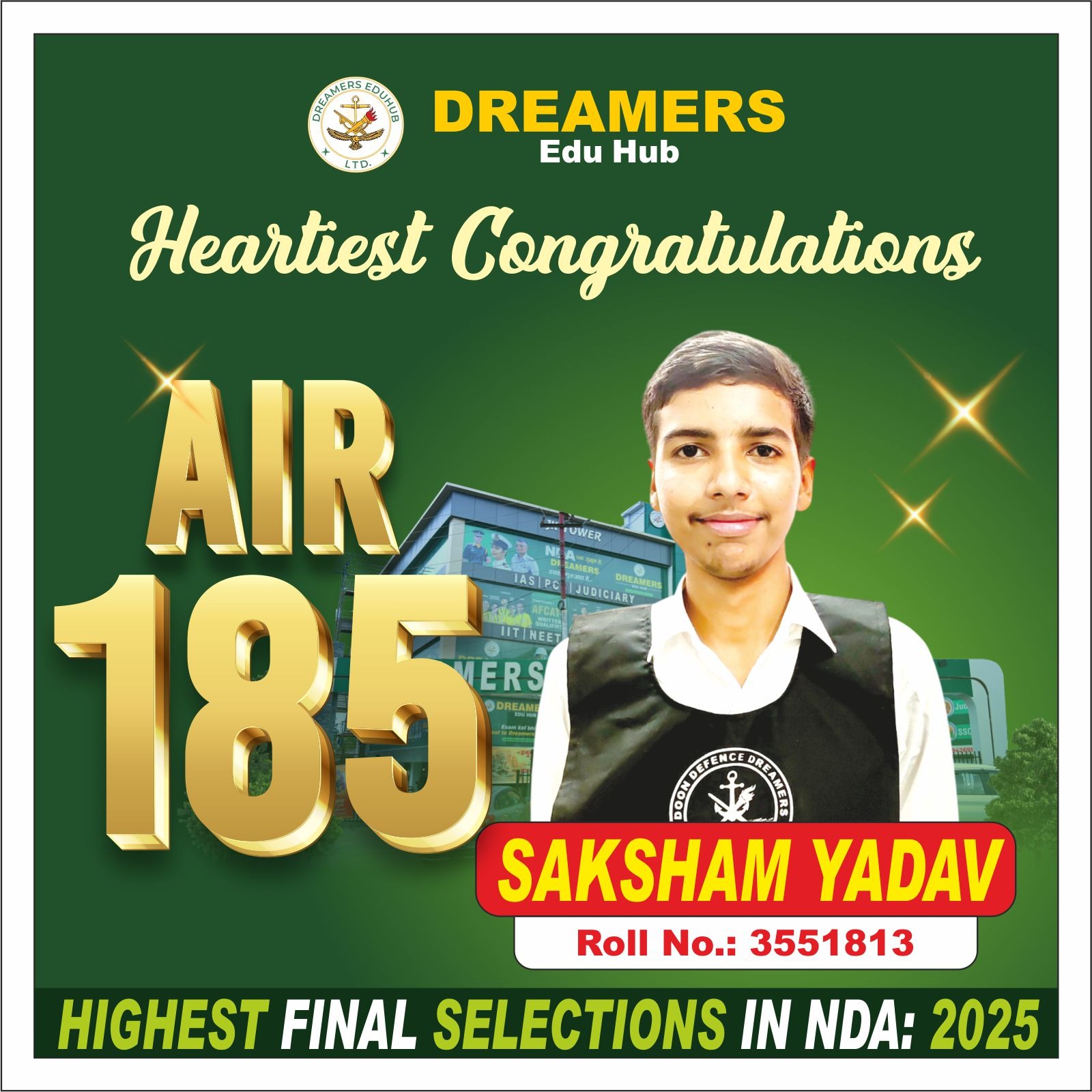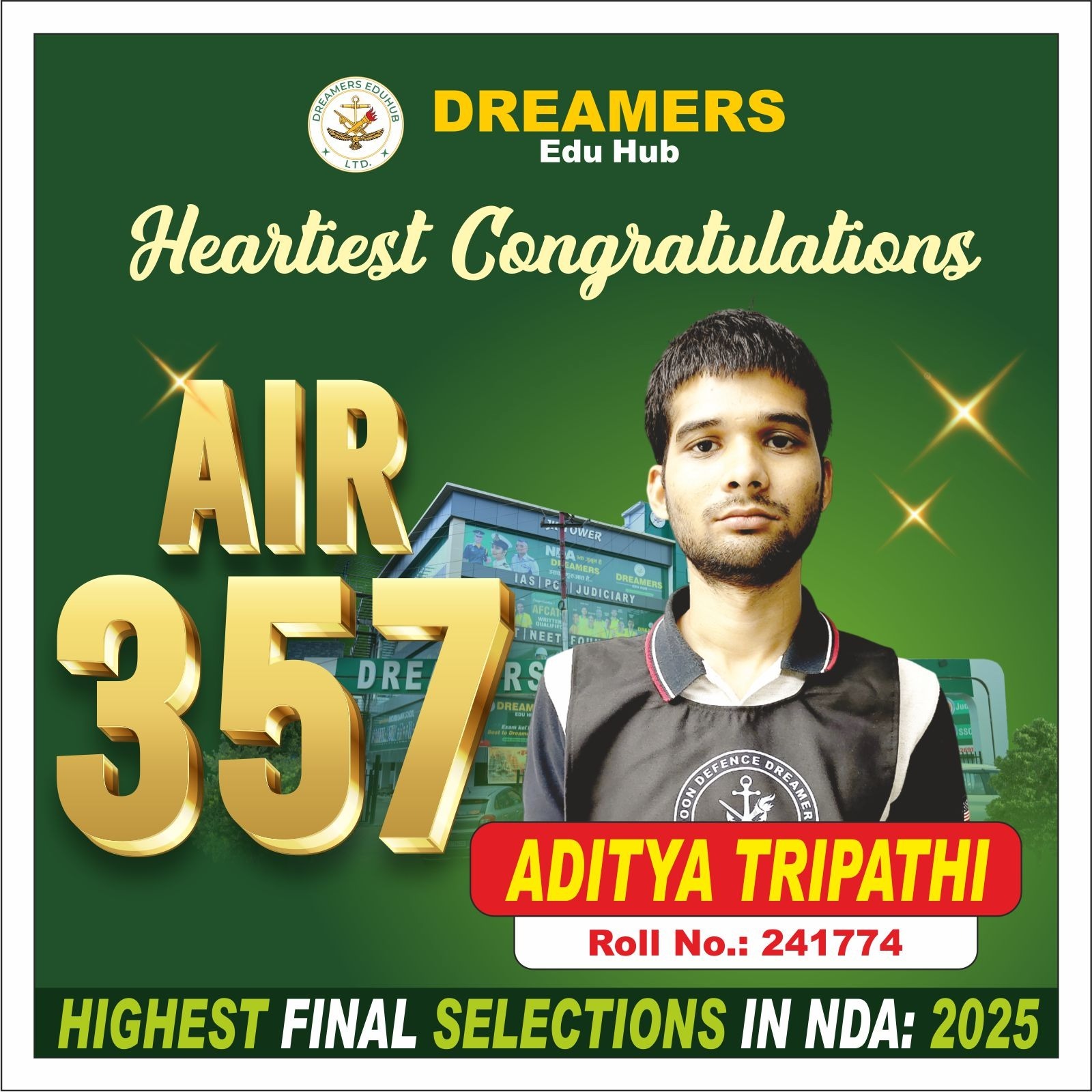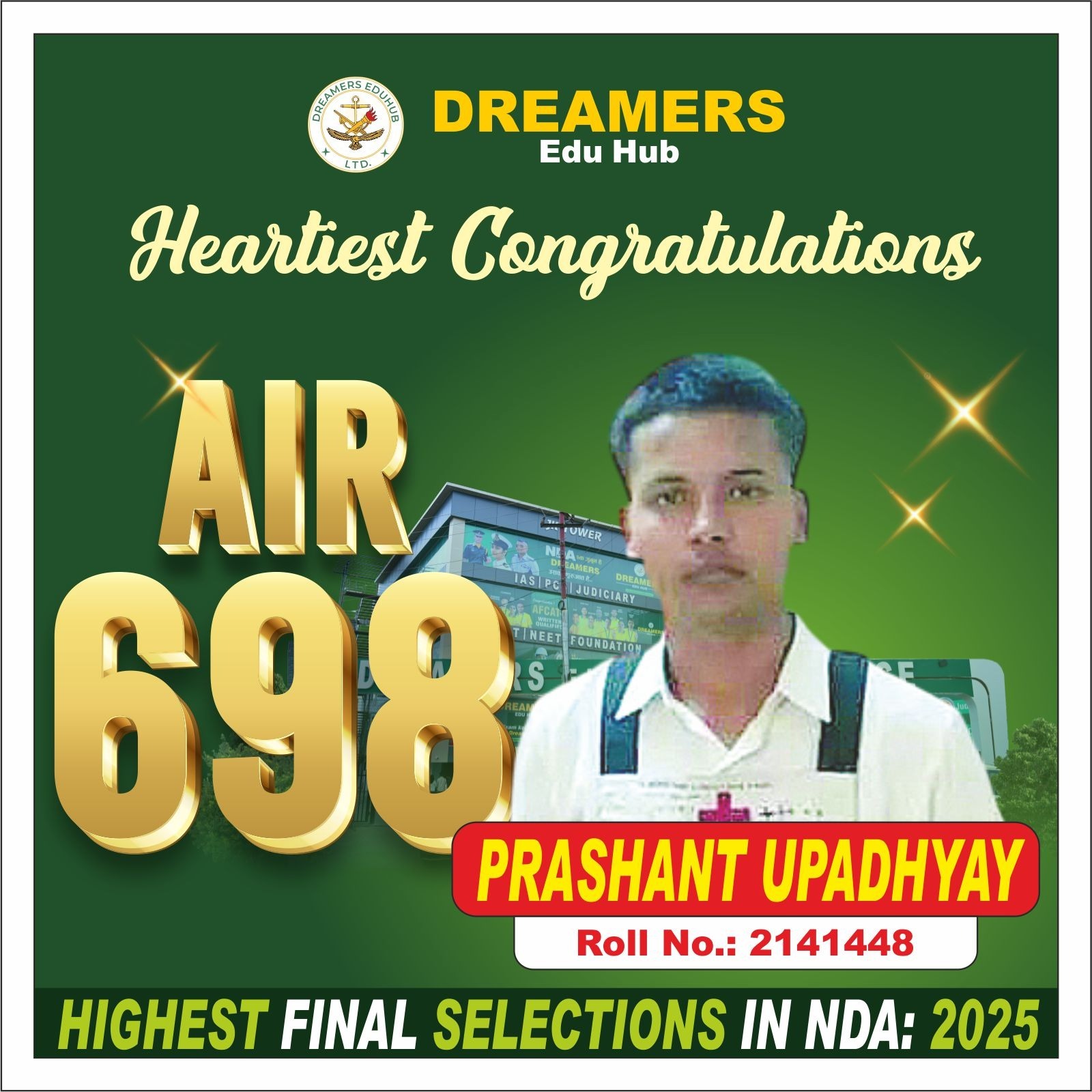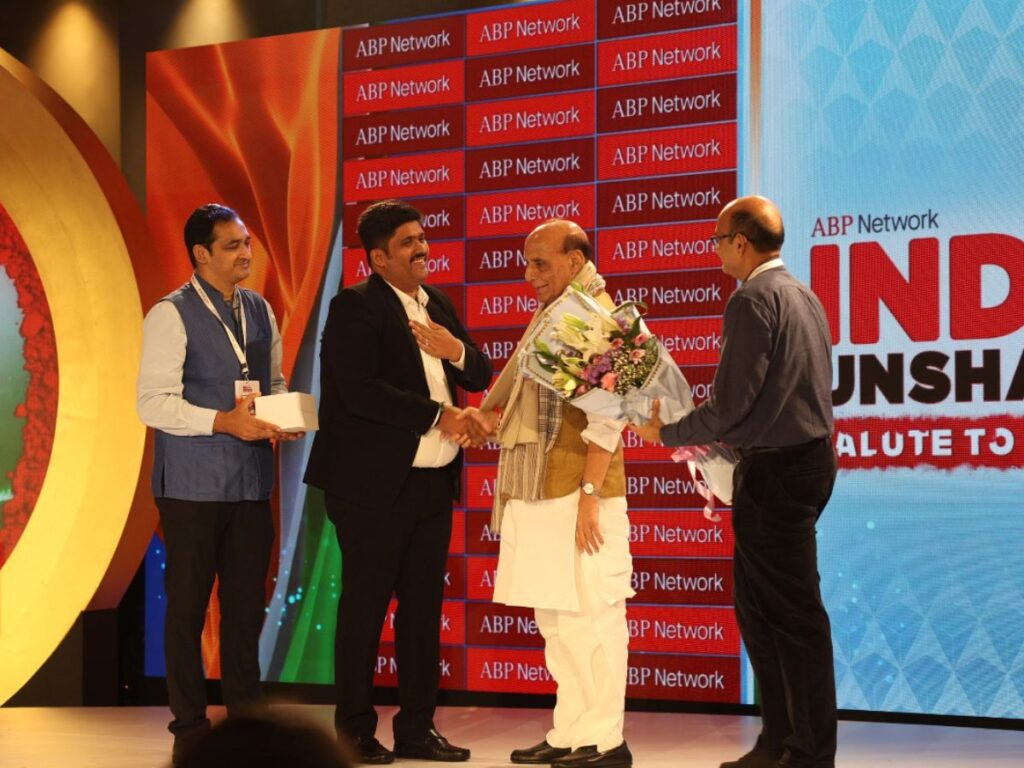Every January, just when winter feels longest and days are cold and foggy, North India lights up with two beautiful harvest festivals – Lohri and Makar Sankranti (Uttarayan). One is marked by a warm bonfire and folk songs in Punjab, the other by kites filling the sky and holy river baths across India. Together, they mark the end of winter, the arrival of longer days, and gratitude for a good harvest.
Why January is Special: Sun, Seasons and Harvest
Before we talk separately about Lohri and Makar Sankranti, it helps to understand what is happening in nature:
December–January is the period after the winter solstice, when days slowly start becoming longer again.
In traditional Indian thought, this is also the time when the Sun begins its northward journey, called Uttarayana.
For farmers, this period connects with the harvest of winter crops like sugarcane, wheat (in fields), mustard, and various millets.
So, these festivals are not just religious functions. They are thank-you celebrations for nature, the Sun, and the hard work of farmers.
Lohri – Fire, Folk Songs and the Spirit of Punjab
What is Lohri?
Lohri is a midwinter folk and harvest festival. It is celebrated mainly in:
Punjab (India and Pakistan)
Haryana
Himachal Pradesh
Parts of Jammu and North India
It usually falls on 13 January, one day before Magh or Makar Sankranti, and is linked to the passing of winter and the coming of longer days. People consider it a way to welcome warmth and joy after the harsh cold.
Since When is Lohri Celebrated?
Unlike modern holidays with clear starting years, Lohri is very old:
It is connected to the harvest of winter crops and the winter solstice, so its roots go back many centuries.
British-era settlement records and Sikh cultural studies mention Lohri as an established festival in the 19th century, but folk traditions suggest it is much older.
Because it’s a folk festival, it grew naturally with village life. There is no single “year when Lohri started”; instead, it developed over a long period of Punjabi agrarian history.
The Legend of Dulla Bhatti
One of the most famous stories connected to Lohri is about Dulla Bhatti, a Punjabi folk hero:
Dulla Bhatti (Rai Abdullah Bhatti) is remembered as a kind of Punjabi “Robin Hood” who lived during the time of Mughal emperor Akbar.
According to folklore, he rescued girls who were being taken away and arranged their marriages, giving them protection and dignity.
Popular Lohri songs sung by children mention “Sundri-Mundri”, the girls he is said to have saved.
During Lohri celebrations, children go from house to house singing folk songs that include Dulla Bhatti’s name. Adults give them sweets, peanuts, popcorn, or small coins. This tradition keeps the spirit of courage and social justice alive in the festival.
How is Lohri Celebrated?
The main symbol of Lohri is the bonfire.
Typical Lohri night looks like this:
People gather in open spaces, courtyards, or village squares.
A bonfire is lit at sunset.
Family members circle the fire, offer:
Rewri (sesame jaggery sweets)
Gajak
Peanuts
Popcorn
as a sign of gratitude.
They sing Punjabi folk songs, clap, and sometimes perform bhangra and gidda (traditional dances).
Many families especially celebrate the “first Lohri” of:
A newborn baby, or
A newly married couple
with extra sweets, gifts, and blessings.
For farmers, Lohri is also closely tied to sugarcane harvest and the hope of a good wheat crop later. The bonfire symbolises burning away negativity and cold, and inviting prosperity.
Cultural & Emotional Meaning of Lohri
For Punjabis and North Indians, Lohri means:
Warmth – of fire, of family, of community
Gratitude – towards the Sun, crops, and farmers
Togetherness – neighbours, relatives, and friends meeting in one place
New beginnings – especially for newlyweds and babies
Even Punjabis living abroad in Canada, UK, USA, Australia and other places celebrate Lohri, keeping their cultural identity alive.
Makar Sankranti – When the Sun Changes Direction
What is Makar Sankranti?
Makar Sankranti is a major Hindu festival based on the solar calendar. It marks:
The Sun’s entry into the zodiac sign of Capricorn (Makara Rashi)
The beginning of the Sun’s northward journey, called Uttarayana
Because it follows the solar cycle, Makar Sankranti almost always falls on 14 January, and sometimes on 15 January in a leap year.
Since When is Makar Sankranti Celebrated?
Makar Sankranti is an ancient festival:
It is mentioned in Hindu scriptures and old calendars, and is connected with Surya (Sun God).
The idea of Uttarayana (northward movement of the Sun) appears in texts that are thousands of years old.
Even in epics like the Mahabharata, Uttarayana is considered an auspicious period.
So, just like Lohri, it is not possible to pin down one single year. Makar Sankranti has evolved slowly as a key harvest and solar festival of the Indian subcontinent.
Why do we Celebrate Makar Sankranti?
There are three main reasons:
Astronomical
It marks the Sun’s movement into Capricorn, which signals the end of winter and beginning of a more pleasant season.
Agricultural
It comes at the time of harvest of winter crops, so families thank nature and the Sun for food and prosperity.
Spiritual & Social
People take holy dips in rivers like Ganga, Yamuna, Godavari, Krishna, Kaveri.
They offer water, prayers and Arghya to Surya (Sun God).
Acts of charity (daan) – giving food, clothes, sesame, and sweets to the poor – are considered very auspicious.
Regional Names and Variations
One beautiful feature of Makar Sankranti is that it is celebrated across India with different names, but similar meaning:
Uttarayan – in Gujarat and parts of Rajasthan
Pongal – in Tamil Nadu (a four-day festival)
Magh Bihu / Bhogali Bihu – in Assam
Khichdi – in parts of Uttar Pradesh and Bihar
Pedda Panduga – in Andhra Pradesh and Telangana
Sankranti – in Karnataka, Maharashtra and Goa (with local customs)
Every name highlights a regional flavour, but the core idea remains:
honouring the Sun, thanking for the harvest, and celebrating community.
Uttarayan and Kite Flying in Gujarat
In Gujarat, Makar Sankranti is better known as Uttarayan, and it has a special identity:
The sky becomes full of colourful kites.
People fly kites from rooftops and terraces all day.
Special food like undhiyu (mixed winter vegetables) and chikki (sesame and peanut sweets) is prepared.
Since 1989, Gujarat has also hosted an International Kite Festival, where participants from many countries join the celebrations. The kite-flying tradition is so large that it supports thousands of workers who make kites and manja (kite string) throughout the year.
Rituals of Makar Sankranti
Typical Makar Sankranti rituals include:
Holy baths in rivers and lakes at sunrise
Offering water and prayers to the Sun
Preparing sweets made with:
Sesame seeds (til)
Jaggery (gur)
which symbolise warmth, friendship and letting go of bitterness
Families saying “Til-gul ghya, god god bola” in Maharashtra, meaning “eat sesame and jaggery and speak sweetly.”
Charity and donations, especially of food and warm clothes, to those in need.
For many families, Makar Sankranti is also the start of new beginnings, marriages, house-warming functions, or journeys, because Uttarayana is considered a positive, energetic period.
Lohri and Makar Sankranti (Uttarayan)– Similarities and Differences
Although one is a Punjabi folk harvest festival and the other is a pan-Indian solar festival, Lohri and Makar Sankranti (Uttarayan)are closely connected.
How They Are Similar
Both come in mid-January.
Both are linked to the end of winter and beginning of longer days.
Both celebrate the harvest and show gratitude to nature and farmers.
Family, food, and community gatherings are central to both festivals.
4.2 How They Are Different
Region
Lohri is primarily celebrated in Punjab, Haryana and nearby regions.
Makar Sankranti is celebrated all over India with different names.
Main Symbol
Lohri – Bonfire, songs, rewri, peanuts, popcorn.
Makar Sankranti (Uttarayan) – Sun, holy dip, kites, til-gur sweets.
Tone
Lohri feels like a cozy, village-centred, musical night celebration.
Makar Sankranti has a more religious and pan-Indian character, with strong emphasis on Surya worship and charity, plus festive fun like kite flying.
Together though, Lohri and Makar Sankranti create a two-day chain of celebrations that makes January feel special in North and West India.
Modern Issues and Responsible Celebrations
As times change, both Lohri and Makar Sankranti (Uttarayan) face new challenges, especially related to the environment:
Bonfires on Lohri can contribute to air pollution if people burn plastic or non-natural waste.
Kite flying during Uttarayan sometimes uses dangerous manja (glass-coated or synthetic string) which can injure birds and even people. Authorities in places like Ahmedabad have had to ban hazardous strings and lanterns for safety.
So, a modern, responsible way to celebrate could include:
Using eco-friendly material for bonfires (only wood and natural offerings).
Using cotton or safe string for kites.
Supporting animal rescue groups and being careful while flying kites.
Keeping noise levels reasonable and not disturbing hospitals and senior citizens.
In this way, we can protect nature while still enjoying the cultural richness of Lohri and Makar Sankranti (Uttarayan).
Why These Festivals Matter for Students and Aspirants
For students preparing for competitive exams, these festivals are important in multiple ways:
Static GK:
Lohri – 13 January, Punjab, Dulla Bhatti story, bonfire, harvest.
Makar Sankranti – 14 or 15 January, Sun enters Capricorn, til-gur, holy bath, charity, kite flying.
Culture questions:
Names like Uttarayan, Pongal, Magh Bihu often appear in exams as “which state celebrates what, and on which day?”
Essay & interview topics:
Festivals that show India’s unity in diversity
Importance of farmers and harvest
Eco-friendly celebrations
Understanding Lohri and Makar Sankranti is not just about remembering dates. It’s about seeing how Indian culture connects astronomy, agriculture, faith and community in a beautiful way.
Conclusion: Light, Hope and Gratitude in the Winter Sky
When you look at a glowing bonfire of Lohri and then, the very next day, see the sky full of kites on Makar Sankranti (Uttarayan), you can feel a clear message:
Winter darkness is giving way to light.
The Sun is rising higher in the sky.
Fields are full, plates are full, and hearts are full.
Both Lohri and Makar Sankranti remind us to say a quiet thank you – to the Sun, to the Earth, and especially to the farmers whose hard work brings food to every home.
Whether you are celebrating with songs around a fire or kites against a blue sky, these festivals teach us the same lesson:
life becomes brighter when we share warmth, food, and kindness with others.
About Doon Defence Dreamers
Doon Defence Dreamers (DDD) is a specialised defence academy based in Dehradun that trains students for exams like NDA, CDS, AFCAT, RIMC, RMS and SSB interviews with a clear, outcome-oriented system. Guided by experienced mentors and a well-designed daily “DNA routine,” aspirants receive a balanced blend of classroom teaching, physical training, GTO ground exposure and personalised doubt-clearing sessions. The academy’s results include 710+ NDA written qualifiers, numerous SSB recommendations including 35 selections in a single month, and 6 female cadets successfully recommended. With hostel facilities, regular mock tests and continuous guidance, students are able to prepare in a focused, low-stress environment. DDD also conducts Free SSB Batch programmes and workshops to make quality defence coaching more accessible.
Through its academic wing Dreamers Edu Hub and collaborations with various Sainik Schools such as Nagrota and Chandrapur, DDD helps build a strong link between school education and armed forces careers. Widely regarded by many aspirants as one of the Best CDS Coaching institutes in Dehradun, and Best NDA Coaching in Dehradun Doon Defence Dreamers promotes an Atmanirbhar mindset and mission-driven training culture for future officers of the Indian Armed Forces.



